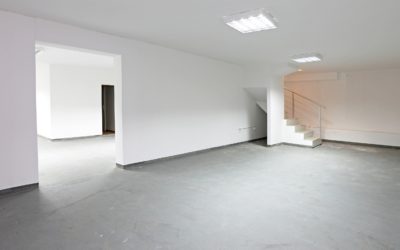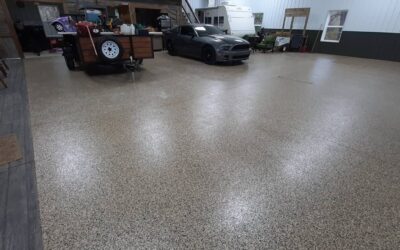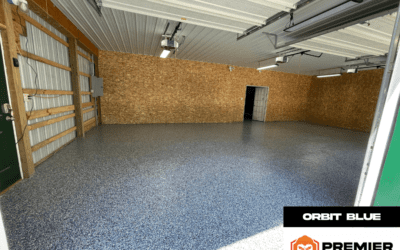Are you getting tired of your cracked concrete floors? If so, you may be wondering what the best option for resurfacing is.
Resurfacing your concrete floors will lengthen the lifespan of your floors and increase durability. In addition, it can add an element of flair to your home. With this in mind, many professionals turn to polyaspartic or epoxy floor coatings.
So, you’re thinking about coating your concrete floor. But which is the right choice for you? In this blog post, we’ll take a look at the differences between polyaspartic and epoxy coatings so that you can make an informed decision. So, let us first look at what polyaspartic and epoxy floor coatings are.
Polyaspartic vs. Epoxy Floor Coatings: Which is Better?
What Are Epoxy Coatings?
An epoxy coating is a type of coating that is applied to surfaces to protect them from weathering, corrosion, and abrasion. It consists of epoxy resin and polyamine hardener, which form a tough, durable film.
Generally, Epoxy coatings are used on metal surfaces but have been known for their use on concrete, wood, and plastic. Furthermore, they can provide a high level of protection against chemicals.
What Are Polyaspartic Coatings?
Polyaspartic coatings are a hybrid coating consisting of an ester (a molecule consisting of alcohol and carboxylic acid) and another material. Polyaspartic coatings are created by combining an aspartic acid monomer with an isocyanate monomer, resulting in a urethane linkage formation.
Polyaspartic coatings have many advantages over traditional coatings. For example, they are more durable, resistant to chipping and fading, and applied easily at lower temperatures. They also have excellent water resistance and can be used on indoor and outdoor surfaces.
What Are Some Issues With Epoxy?
Epoxy coatings offer several benefits, including protection from the elements and a durable finish. However, they also have some drawbacks. One is that they can take a long time to dry – up to 16 hours in some cases. This extended drying time can be problematic if you need to use the surface you’ve coated right away.
Another issue is that epoxy coatings are susceptible to abrasion. They can be scratched or scuffed relatively quickly if you’re not careful. And finally, over time, epoxy coatings may fade in color. However, this will vary depending on the specific layer used and how it’s applied.
Why Are Polyaspartic Coatings Better?
Polyaspartic coatings have many benefits over epoxy coatings. Firstly, they are much easier to apply, with a smoother finish that is less likely to show streaks or bubbles. Also, they are scratch and stain-resistant, making them ideal for high-traffic areas like schools, hospitals, and retail outlets. Additionally, polyaspartic coatings are more environmentally friendly and contain no harmful solvents.
Moreover, polyaspartic coatings dry much faster, so you can get your project back up and running more quickly. Also, they’re more weather-resistant, meaning they’ll hold up better in harsh conditions. And finally, they’re more durable than epoxy coatings, meaning they’ll last longer with less upkeep.
Premier Concrete Coatings Sturgis Is Here For You!
So, you may be wondering what to do next. Premier Concrete Coatings can help you decide what is best for you. If you’re still not convinced polyaspartic coatings are better than epoxy, give us a call!
Our professionals are experts in finding the best flooring options for you. And, we provide our customers with only the best quality materials and advice. You will be more than satisfied with our caring and detailed service
Call Today For A Free Quote
Are you a Michigan resident in need of a pool deck renovation? If so, you are in luck! Premier Concrete Coatings Sturgis provides only top-of-the-line products with efficient service. Our professionals at Premier Concrete Coatings will work with you to find the best option for your pool deck coating.
Click here for a free quote, or give us a call at 269-503-9315.



